The chemical and biomolecular engineer delves into the versatile applications, surprising properties, and future possibilities of liquid metals.


The chemical and biomolecular engineer delves into the versatile applications, surprising properties, and future possibilities of liquid metals.
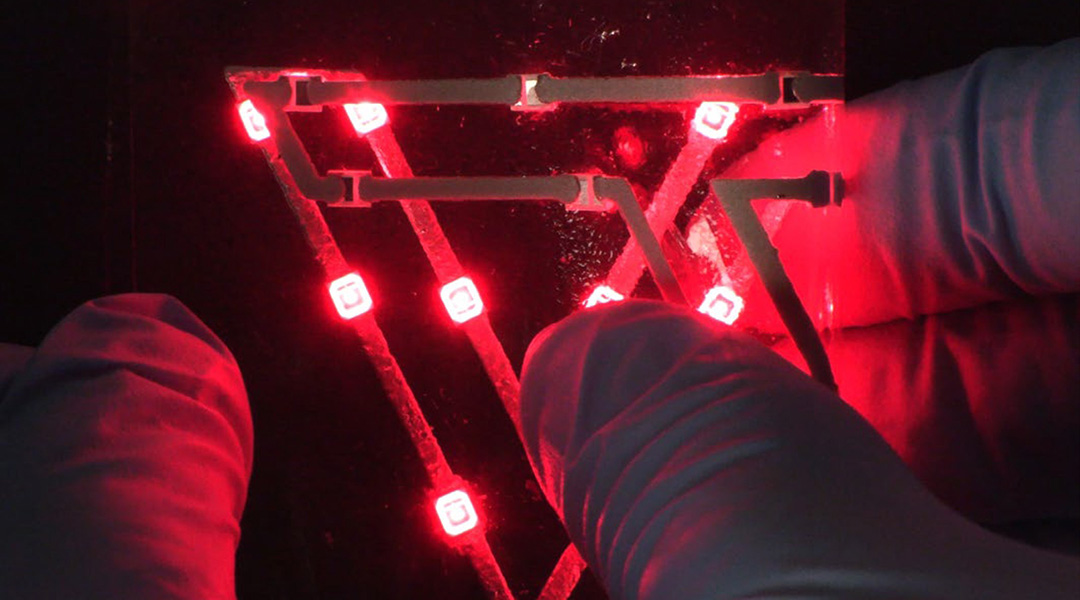
E-CASE liquid metal adhesive enables flexible connections to make better, tougher flexible electronics for wearables and robotics.
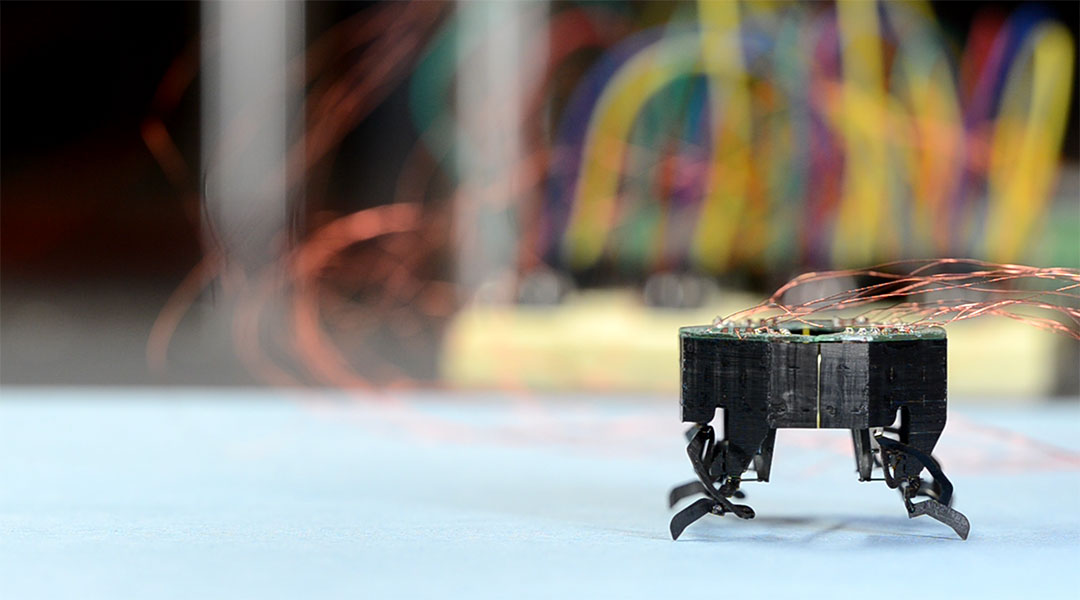
A miniature, shape-changing robot could have applications in search and rescue, scuttling across tight and cluttered environments like an insect.

Using a mineral found naturally on Mars, energy and electronics could be easily and sustainably produced on site.
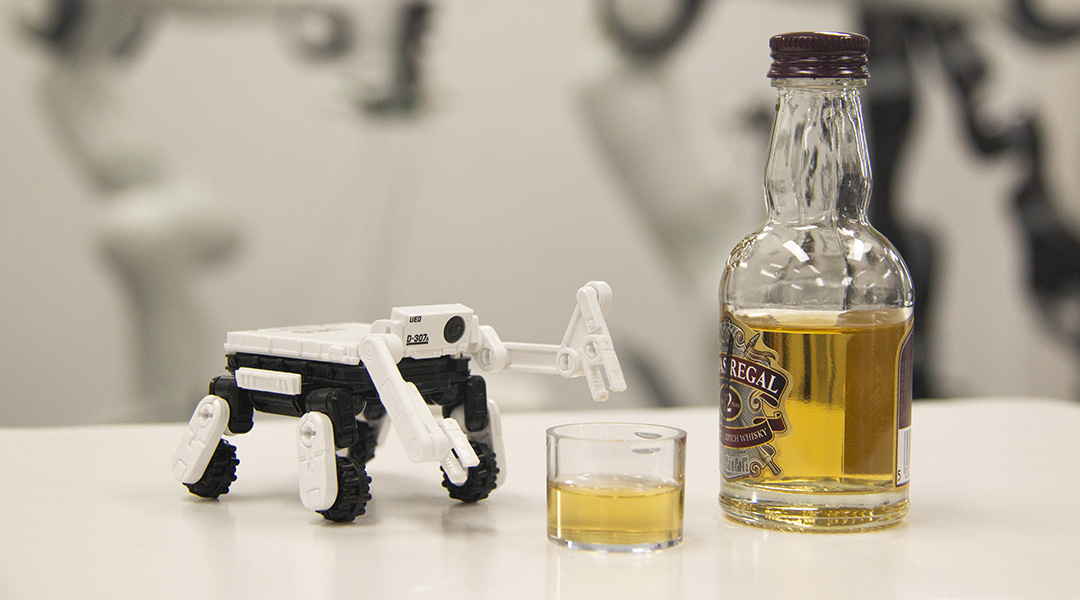
Precisely copying the capabilities of a biological nose with an artificial one is a lofty but potentially world-changing goal.

The generator harnesses energy from water and is built with a fiberform material derived from the straps of disposable medical masks.
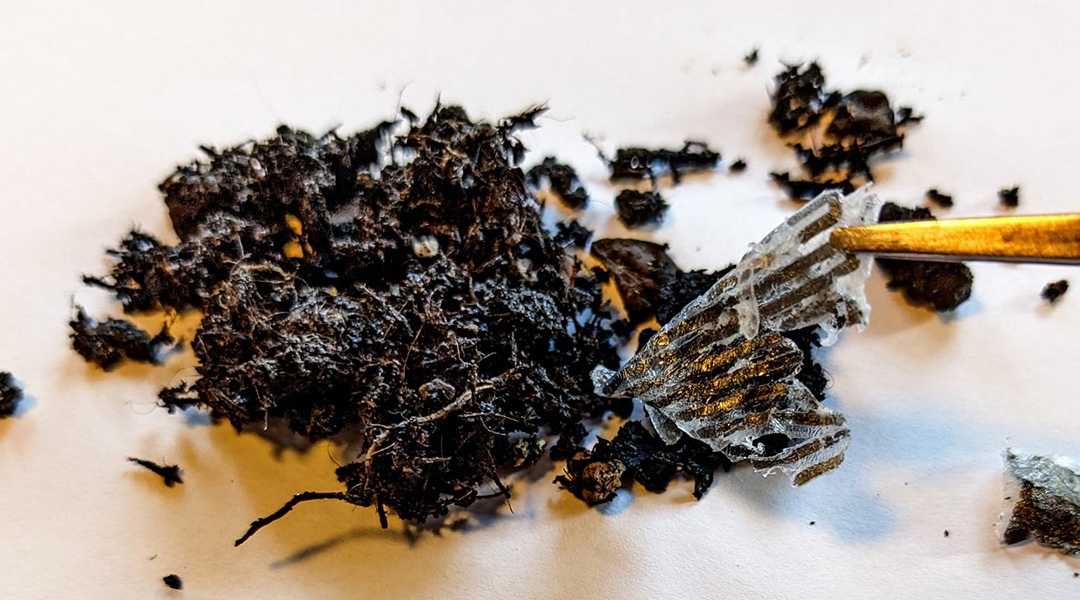
Discover how cellulose may revolutionize flexible electronics, replacing plastics in eco-friendly, sustainable substrates for innovative devices.
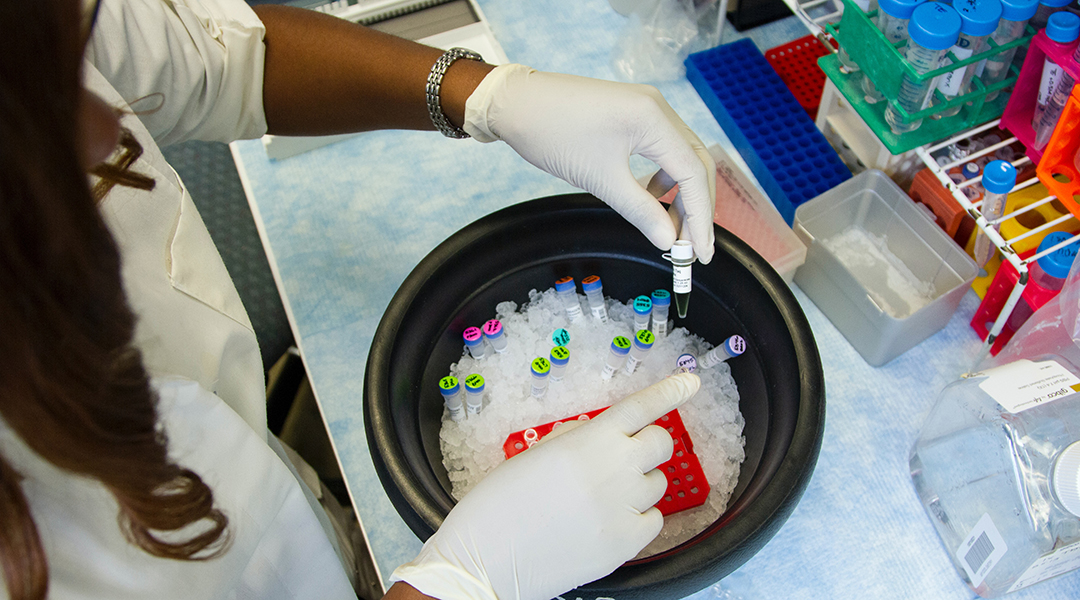
Many biopsies may soon be avoidable with the advent of an accurate biosensor for prostate cancer that detects biomarkers in the blood.

A revolutionary light-based tool decodes hover fly wing spectra in real time, addressing insect surveillance gaps to monitor the unfolding biodiversity crises.
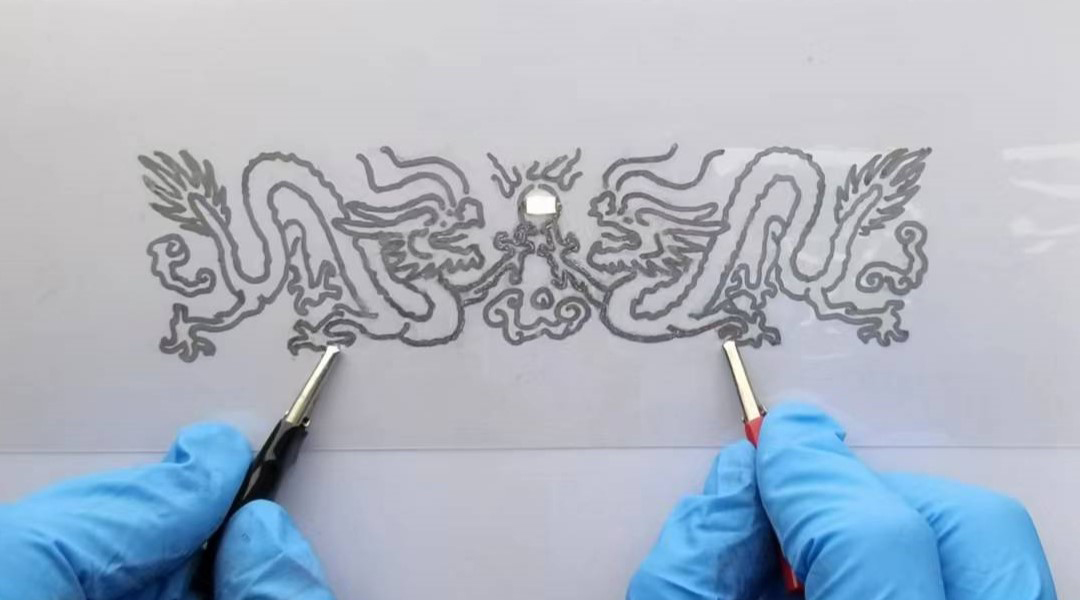
A liquid metal encapsulated within bio-based shells allows researchers to “draw” functioning electronic circuits with ease.